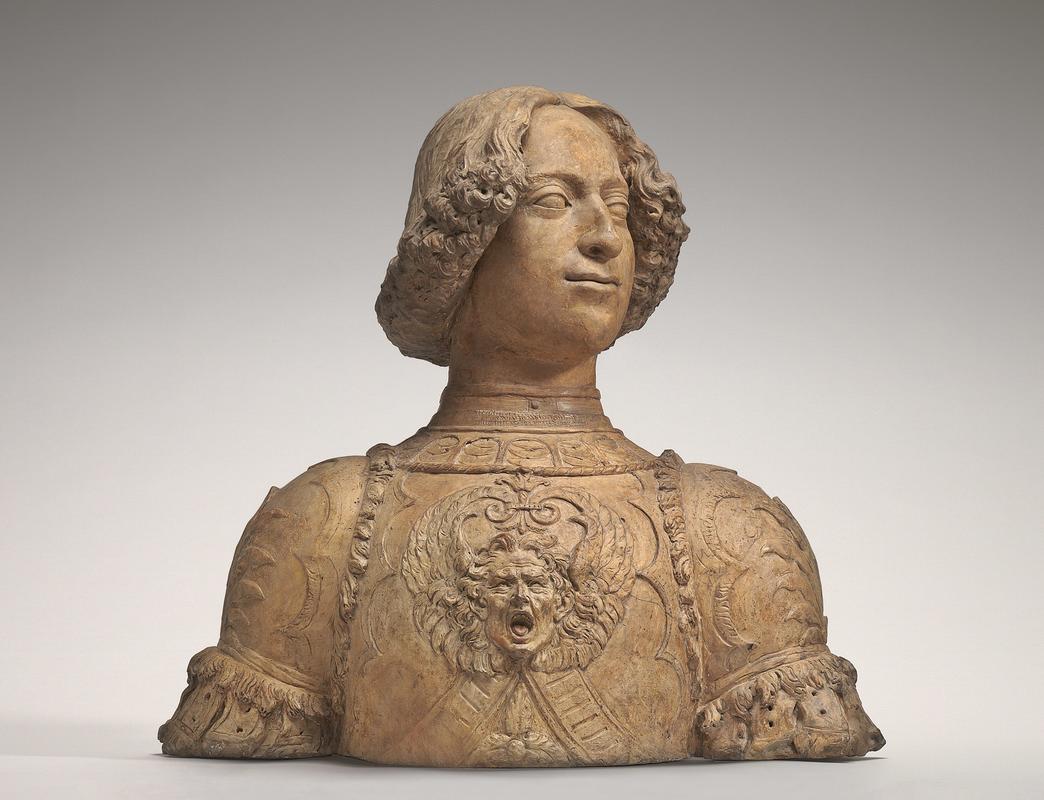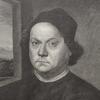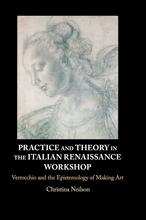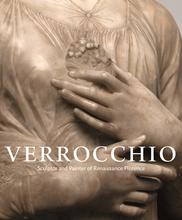More about Giuliano de' Medici
- All
- Info
- Shop

Sr. Contributor
Giuliano de’ Medici’s life might have been short, but it sure was memorable.
From the day he was born, Giuliano was dipped in it. He had money, fame, and friends in high places. His family were the unofficial rulers of Florence and owned the most profitable bank in all of Europe. Operating the family business fell to his older brother, Lorenzo, so Giuliano spent his days doing whatever, and whomever, he pleased. Like the rest of his family, Giuliano was an avid lover of art, so it is no surprise that whenever he celebrated a milestone, he had it chronicled by an Italian Renaissance master.
Andrea del Verrocchio, a favorite artist of the Medici, was asked to sculpt one such commemorative piece. Verrocchio’s Giuliano de’ Medici bust was made for Giuliano’s coming of age celebration after his twenty-second birthday. The sculpture shows Giuliano dressed in celebratory jousting armor. The breastplate features a screaming mask meant to scare away opponents and symbolize Giuliano’s inner ferocity. Paired with his smug demeanor, Verrocchio makes Giuliano look unstoppable.
Giuliano’s coming of age celebration was his official entry into the Florence public scene and was probably the greatest party of the young Medici’s life. Friends, family, lords, and dukes came from all around the country to get down with Giuliano and enjoy his first night as an eligible single. Giuliano’s good looks and deep pockets made him the star of the veritable 15th century version of "The Bachelor," and countless bachelorettes vied for a rose. Unfortunately, the competition was rigged, as Giuliano had already found his match. In 1469, the stunning Simonetta Vespucci moved to Florence. Giuliano ignored the fact that Simonetta was married and publicly courted her. Simonetta must have been drawn to Giuliano’s recklessness and passion, because they began a fiery love affair. The romance between the pair was captured by Sandro Botticelli in his 1483 painting, Venus and Mars. With Simonetta as Venus and Giuliano as Mars, Botticelli depicted the goddess and god after an exhausting sexual encounter. Unfortunately, both lovers died young and would never see their painted proclamation of love.
Despite his rather promiscuous and eventful life, Giuliano is best known for his death. On April 26, 1478, Giuliano joined his family and 10,000 Florentines at the Cathedral of Santa Maria del Fiore for Easter Mass. In the middle of the service, assassins hired by the Medici’s rivals, the Pazzi, violently attacked Giuliano and Lorenzo. The Pazzi hoped to end the Medici rule of Florence by publicly killing both brothers, but somehow Lorenzo escaped with just a neck wound, while Giuliano was stabbed to death. Lorenzo retaliated with unforgiving brutality and executed all members of the Pazzi conspiracy. In the years following Giuliano’s death, the Medici commissioned various public artworks by big name artists to memorialize Giuliano and deter future conspirators. For Giuliano’s tomb, Lorenzo asked an up and coming artist named Michelangelo. Giuliano would be glad to know that his last moments on earth were commemorated by one of the greatest artists of all time.
Sources
- Acidini, Cristina. “Simonetta Vespucci: A Model of Renaissance Female Beauty.” The Florentine 163, (2012). https://www.theflorentine.net/2012/05/10/simonetta-vespucci/.
- “Giuliano de’ Medici.” National Gallery of Art. Accessed September 11, 2021. https://www.nga.gov/collection/art-object-page.41671.html.
- “Giuliano de’ Medici.” National Gallery of Art. Accessed September 11, 2021. https://www.nga.gov/collection/art-object-page.134.html.
- Lightbown, Ronald W. “Sandro Botticelli.” Encyclopedia Britannica. May 13, 2021. https://www.britannica.com/biography/Sandro-Botticelli.
- “Medici: Godfathers of the Renaissance.” PBS.org. 2004. https://www.pbs.org/empires/medici/index.html.
- “The Special Case of the Medici: Experts in Self Promotion.” Italian Renaissance Learning Resources - The National Gallery of Art. Oxford University Press. Accessed September 11, 2021. http://www.italianrenaissanceresources.com/units/unit-5/essays/the-spec….
- “Venus and Mars.” Feminae: Medieval Women and Gender Index. 2004. https://inpress.lib.uiowa.edu/feminae/DetailsPage.aspx?Feminae_ID=32660.













